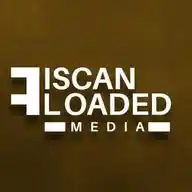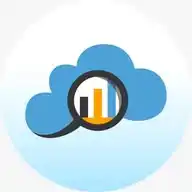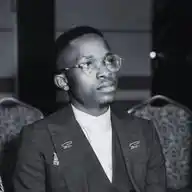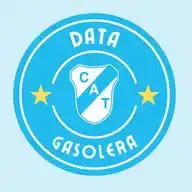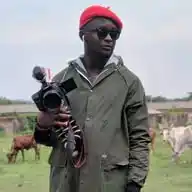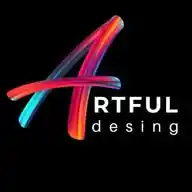
KSA X Immersive & Experiential
34 subscribers
About KSA X Immersive & Experiential
Passionate community: New media, data art, immersive, experiential and much more
Similar Channels
Swipe to see more
Posts

https://www.youtube.com/shorts/w7hho5cSJ-k

Audio-reactive VJing is the art of creating visuals that respond to sound in real time. This technique is essential for live music performances, DJ sets, and new media art. Whether you're performing at a festival, club, or an immersive installation, mastering audio-reactive visuals can elevate the audience experience. 1️⃣ Choose Your Favorite VJ Software Your choice of software will depend on your preferred workflow and platform. Here are some industry-standard tools: Resolume Arena – The industry standard for VJing with built-in FFT analysis. VDMX (Mac) – Modular and highly audio-reactive. Notch – High-end real-time motion graphics for professional VJs. TouchDesigner – Node-based visuals, powerful for data-driven art and interactive installations. Processing / Unity – Ideal for those who want to create custom-coded visuals. 2️⃣ Capture Live Audio Input To create real-time audio-reactive visuals, you need to analyze sound frequencies and amplitude. Here’s how: Microphone / Line-In – Capture live audio from a mixer, DJ controller, or an instrument. FFT (Fast Fourier Transform) – Converts audio signals into different frequency bands. MIDI / OSC – External controllers can manipulate visuals through music triggers. 3️⃣ Create Audio-Reactive Effects Now that you have your audio input, let’s break down how to use it: Amplitude (Volume-Based Reactions) Frequency Bands (Bass, Mids, Highs) Audio Peak Detection 4️⃣ Sync with Music & Performance A seamless connection between visuals and audio is key. Here’s how you can sync everything: BPM Sync – Align visuals to beats using MIDI clock or Ableton Link. Triggers & Effects – Use drum hits, synth notes, or vocal cues to launch effects. Pre-mapped Effects – Assign specific visuals to different sound layers for automatic triggering. 5️⃣ Perform & Optimize for Live Shows Use MIDI Controllers – Devices like APC40, Launchpad, or MIDI Fighter give you hands-on control. Optimize Performance – Keep CPU & GPU usage low to prevent lag. Test in a Live Environment – Always rehearse with real music before a live performance. By combining these techniques, you can create an immersive and dynamic audio-visual experience that enhances any music event. Experiment, refine, and most importantly—have fun creating!


